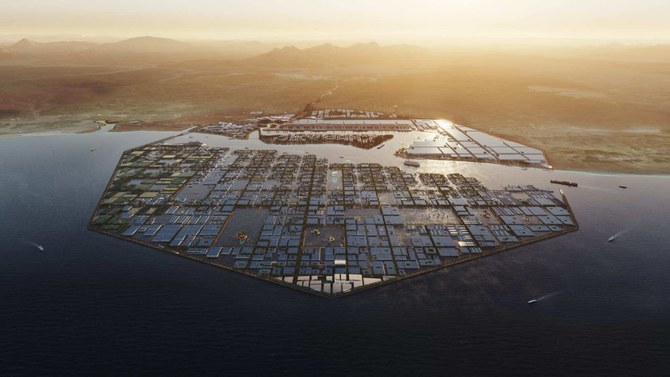Innovation plays a crucial role in driving the energy transition towards a greener future. From advancements in wind and solar power to grid optimization and green hydrogen production, technological breakthroughs are essential for achieving sustainable energy solutions.
The development of cutting-edge technology for solar panels and wind turbines has significantly maximized the output of clean energy power plants while improving cost-effectiveness. A recent example is the Sudair solar photovoltaic plant in Saudi Arabia, which has achieved its commercial operation certificate. This state-of-the-art facility features bifacial solar panels with tracking technology, capturing sunlight from both sides and resulting in higher energy yields. At full capacity, the Sudair PV project is expected to power 185,000 households and offset 2.9 million tons of carbon dioxide emissions annually.
In addition to solar power, low-carbon reverse osmosis technology has proven successful in reducing the environmental impact of energy-intensive desalination plants. The Gulf region has embraced seawater reverse osmosis, hosting the world’s largest SWRO plants, including Rabigh 3 and Taweelah. The Hassyan SWRO plant in Dubai is another notable example, contributing to the city’s goal of producing 100 percent desalinated water through clean energy and waste heat by 2030.
Investing in green and sustainable projects has the potential to double the gross domestic product of the Gulf Cooperation Council states from $6 trillion to $13 trillion by 2050. This highlights the economic opportunities associated with adopting clean energy technologies.
As the energy transition gains momentum, companies in the industry are experiencing rapid growth. Software tools are playing a vital role in supporting this growth by optimizing processes, forecasting maintenance requirements, and enhancing safety measures. Collaboration between various stakeholders is also essential. The Noor Energy 1 project in Dubai, a successful public-private partnership, has created the world’s largest single-site concentrated solar power plant. This solar complex, equipped with energy storage capacity, will deliver power 24 hours a day.
Looking ahead, the implementation of emerging technologies, such as green hydrogen, will be critical in achieving net-zero emissions by 2050. Green hydrogen offers a clean and efficient energy carrier that can decarbonize industries like heavy industry, aviation, and maritime transport. Saudi Arabia is currently constructing the world’s first large-scale green hydrogen plant in a joint venture between ACWA Power, NEOM, and Air Products.
To ensure a resilient energy future and unlock new economic opportunities, it is paramount to continue investing in research and development, fostering collaborations between the public and private sectors, and supporting policies that encourage innovation in clean energy. By doing so, we can pave the way for a sustainable and environmentally friendly energy landscape.
